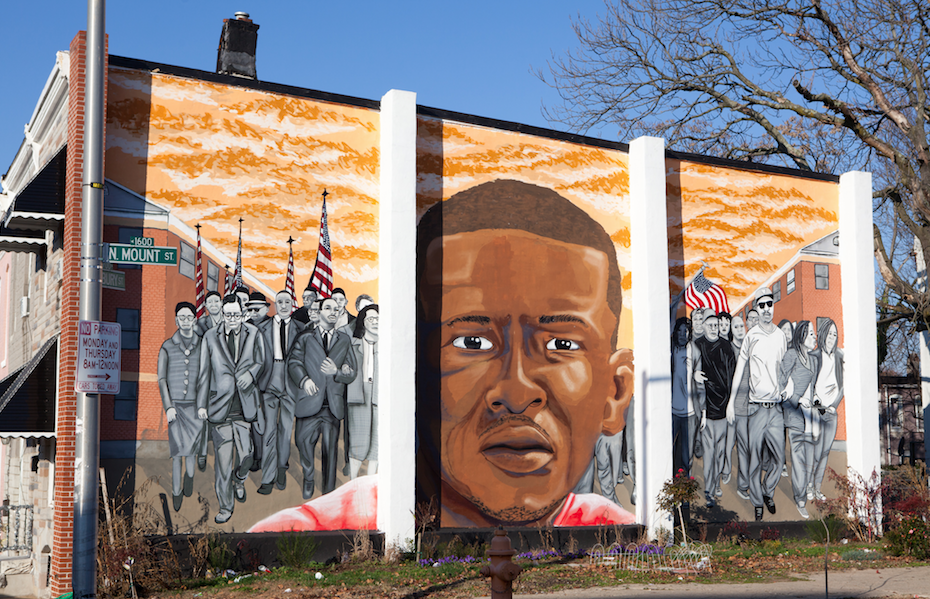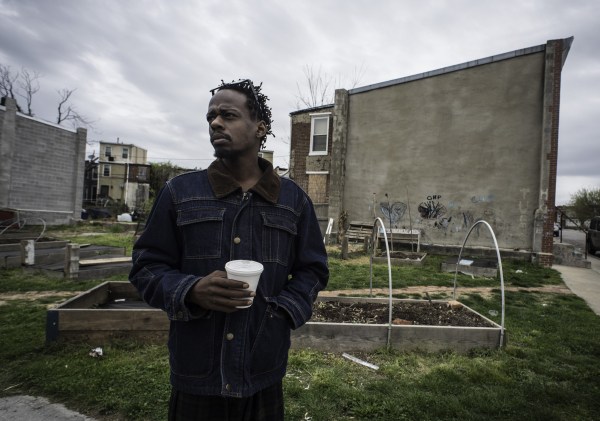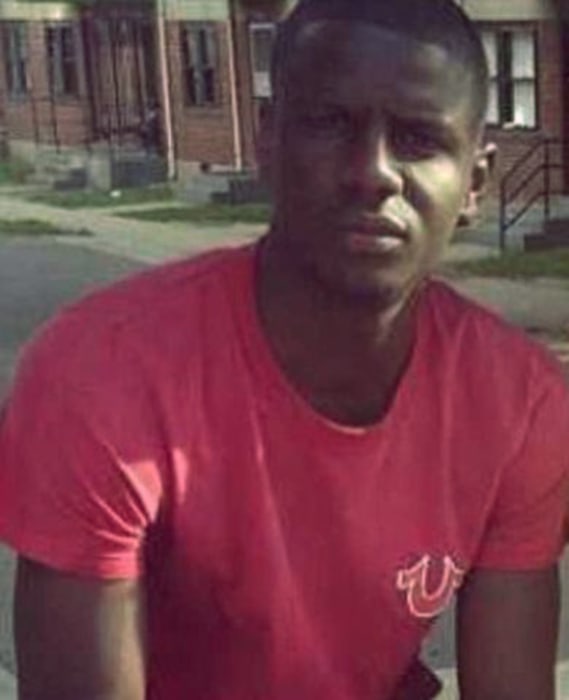
BALTIMORE — It’s an overcast morning outside Gilmor Homes, the public housing complex where two years ago, Freddie Gray was arrested and placed in police custody. His death one week later—on April 19, 2015— would trigger a series of cataclysmic events that changed countless lives and forever altered a city.
On today’s second anniversary — which comes fresh on the heels of a formalized consent decree with the Justice Department intended to guide and monitor police reforms — city leaders, activists and residents reveal a mix of optimism tempered by realism about the road ahead.
“We’re still a city divided. I see both the elevation and the regression,” said Earl Mahammitt, 35, who grew up in Sandtown-Winchester, the historic yet struggling African-American community that Gray called home. “We were starting at a negative axis, not even zero. It’s going to take a lot for the conditions to improve.”

As Mahammitt spoke, a police cruiser slowly patrolled the streets. The so-called “corner boys” — a local nickname for young men who sell drugs — hustled near storefronts. A few folks walked past a colorful mural of Gray, one of several around town that serve as memorials.
The relative quiet here is a far cry from what some locals term either “the riots,” “the Baltimore Uprising” or, simply, “the unrest” that shook this predominately black metropolis and its population of approximately 620,000 residents.
It started when police arrested Gray, a 25-year-old man who’d had prior brushes with the law, after he spotted officers while walking with friends and suddenly took off running. Gray was chased, then surrendered, before being placed inside a police van, some of which witnesses captured on cell phone video. Transported without a seat belt, he died a week later from a spinal injury.

Gray’s death sparked peaceful protests that became increasingly tense with each passing day. Hours after his funeral, pockets of the city erupted, following an earlier standoff with youth and law enforcement at a local mall.
The rioting, looting and arson that resulted would damage several hundred businesses, injure at least two-dozen police officers and lead to mass arrests.
Beamed by media around the country and the world, the situation helped further propel the Black Lives Matter movement — along with debates about police brutality and mistreatment of people of color.
Read the entire story here.

